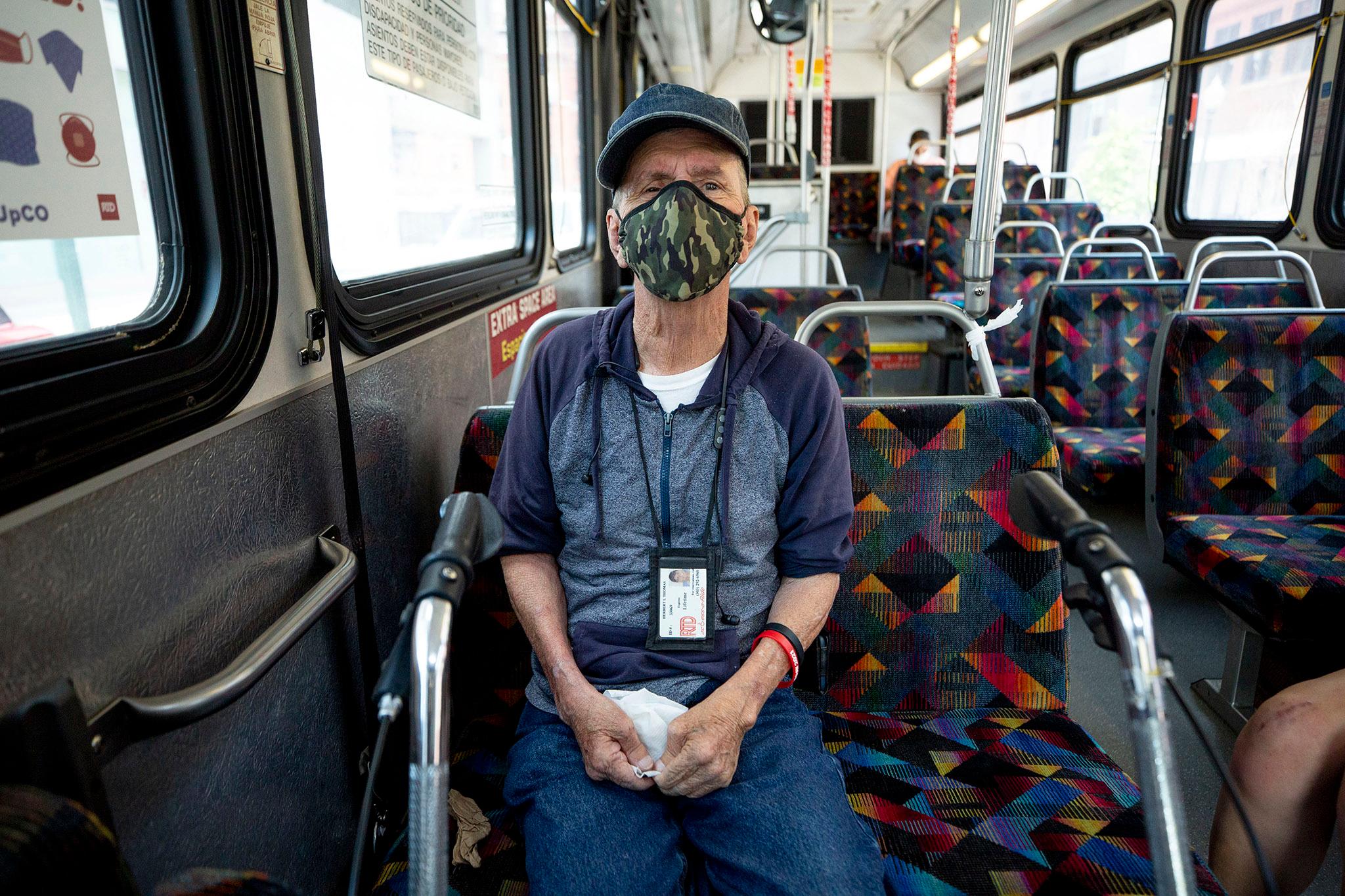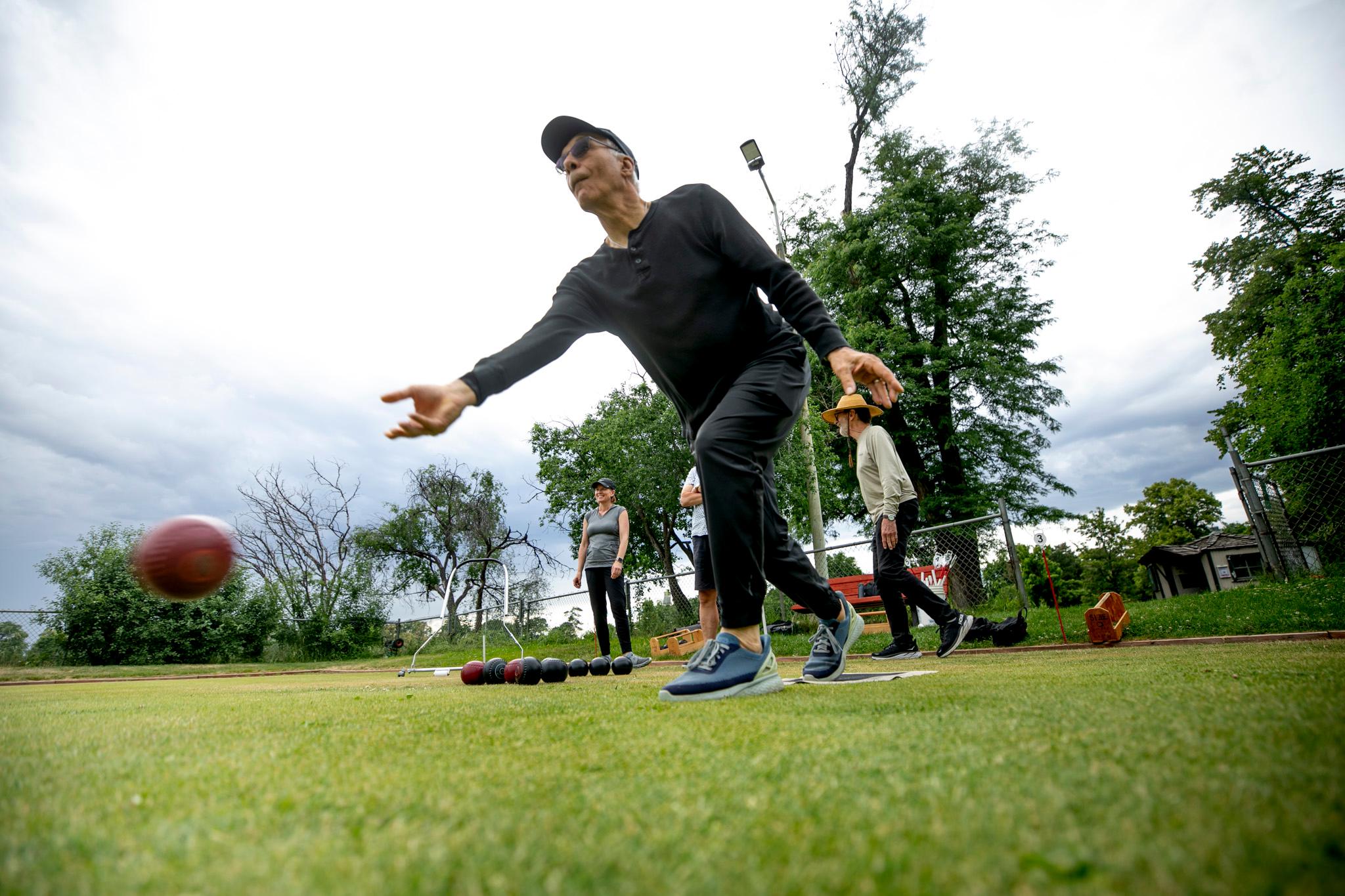RTD's 15 line runs along East Colfax and is one of Denver's most well-known and well-used bus routes. Faithful users know it's a unique public transit experience -- it does serve Colfax, after all -- so we figured they'd have some things to say about mobility in light of the impending departure of the Denver Office of Transportation and Infrastructure head.
Eulois Cleckley is leaving in July to take over a similar post in Miami after three and a half years with the department. He was in charge of turning what used to be Public Works into a transportation-first department.
DOTI covers all infrastructure in Denver's right of way, things like sidewalks and medians, while RTD handles buses and light rails. The two work closely on transportation projects in Denver.
The department is currently facing an uphill battle, working with around a 100 fewer staffers than before the pandemic and grappling with $21 million in COVID-related budget cuts. Cleckley previously told Denverite these budget cuts wouldn't impact everyday residents in 2021, but some services, like repaving and sweeping streets, had to be cut back.
So what's life like for today's transit users?
Herbert Thomas has been using buses daily since moving to Denver in 2003, going back and forth into the city from his home in east Denver. He describes riding the 15L as a "one-of-a-kind" experience that allows people from every layer of the city to meet and mingle.

Thomas has two titanium shoulders, severe arthritis and a "leaky valve" in his heart, so he's often at Denver Health. He could technically call the city for rides, but he would have to give notice 48 hours in advance. The bus is more convenient, but when we asked if it was reliable, he said only sometimes.
If he could change anything, he said he would want more riders to pay their fares: "I know it's $3, and sometimes you ain't got $3. But still."
Seventeen-year-old Kayla Wilkins has been riding the bus regularly for five years.
It's how she gets to school and to her job at the Gathering Place, a daytime shelter for women, children, and transgender individuals. Recently, the route 40 bus she took to school stopped running to her house.

"I really didn't appreciate that because it was the quickest route to my school from where I live," she said. "Now I have to find a different route for next year."
Tammy Katz used to take a train and two buses to get to work before she moved to Cherry Creek.
Now, she's close enough to walk to work, and she volunteers her time every Wednesday to accompany a guest of Catholic Charities to her doctor's appointments.
"We'll wait at a bus station, and we'll flag down a bus. They just pass us by," Katz said. "This happened three times today." Eventually, the two moved to a different bus stop.
Katz said buses never drive away for no reason when she's not with her friend, who is a wheelchair user. Since the signs signifying a full bus were not illuminated, she speculated that the drivers just didn't want to put down the ramp.
Jacqueline Lawrence uses the bus for "everything."
She relies on a walker to get around town. When we asked her if she liked how the bus system works, she said, "The bus is good transportation, we just need more of it."
Editor's note: This story was updated to more clearly reflect which programs are run by DOTI and which are run by RTD.













